Streacom's FC10 and Nano150: Building a Fanless Ivy Bridge HTPC
by Ganesh T S on December 22, 2012 3:30 AM EST- Posted in
- HTPC
- Fanless
- Ivy Bridge
Passive Build Chassis & PSU
Streacom FC10 Premium HTPC ATX Chassis:
The FC10 comes in a plain, but, easy to carry around package. The sophisticated appearance of the package belies the fact that it just contains a computer case. The internals of the package are neatly laid out, with the heat conduction plates, pipes and other miscellaneous components in one box and a detailed assembly manual on top of it.
Describing the chassis itself as a thing of beauty would be an understatement. Our sample unit came in black (silver is also available). The chassis is made of solid aluminium and has a sandblasted finish lending it a premium look. After taking a look at the case, I can say that Streacom isn't exaggerating when they claim that the FC10 is a 'work of art combining form and function'.
The hard drive bays support up to 2 x 3.5" and 3 x 2.5" drives. There is also a slim slot loading optical drive slot. There are two USB ports on the side. We also have the option to add an IR receiver to the system. The unit also has a slot to place one of the Streacom PSUs which come in 150, 180 and 250W varieties. The chassis measures 435 x 319 x 100mm and weighs 5.4 Kgs.
The FC10 chassis cooling solution support both AMD and Intel CPUs.
The cooling solution consists of two components, the fins on the chassis and the heat pipes to take the heat away from the processor surface.
The chassis fins contribute to the cooling through convection by natural airflow. The heat pipes contribute through cooling by phase change, i.e, liquid water in the heat pipes close to the processor evaporates and moves towards the chassis fins where it condenses and gets transported back closer to the processor.
Inside the chassis, we have plenty of space and even two PCIe slots. The PCIe cards have to be mounted with flexible risers. Unfortunately, here is where we encountered our first issue with the FC10. Streacom went in for non-standard spacing between the two PCIe slots. This rules out the usage of dual-slot cards in the system. Streacom came back to us with the reasoning that having the 2 slots at the normal width would have left the dividing strip too thin and weak because of the all-aluminium chassis.
Dual Slot GPU Compatibility
One of our reasons for going with the FC10 fanless chassis was to use it as a HTPC GPU testbed too. I have long since held the view that any HTPC GPU worth its salt had to come in a passive version from at least one AIB vendor. In 2012, we are at a stage where the integrated GPUs in Trinity and Ivy Bridge are more than enough for average HTPC users.
In order for users to get any meaningful HTPC capability not provided by Trinity and Ivy Bridge, a moderately powerful GPU such as the AMD 7750 or the NVIDIA GT 640 is needed. Unfortunately, their passive versions come in dual slot varieties. Not ones to be deterred by the original chassis design, we set out to fix this 'issue' (even though it is a non-issue for the majority of the builders out there). With the help of a rotary tool, it was trivial to take out the offending metal strip and polish and buff the edges. We had a little bit of trouble aligning the second fin inside the chassis, but carefully screwing in the metal plate ensured that the GPU was mounted in a stable manner.
We will be looking at this configuration in detail in the third part of the series, but it should suffice to mention here that the arrangement worked fine in operation throughout. Another minor issue is the range of PSU ratings available. Users going in for a ATX board are not going to be happy with the maximum available 250 W PSU. Streacom indicated that ATX compatibility was mentioned only because the size of the chassis allowed it. However, they expect end-users to use either mITX or uATX motherboards only.
Nano150 Fanless PSU
The Nano150 fanless PSU consists of two major components, the power brick AC / DC adapter and the power delivery module which slots inside the chassis. The power brick output is rated for 12.5A at 12V and operates in the 100 - 240V / 50 - 60Hz range. The bundled power plug was of the EU variety. It isn't much of an issue as the power plug is detachable. In any case, travel adapters are quite cheap. An alternate power cable is probably the better way to go about it if you are not in the EU. In any case, local resellers are bound to include the correct power plug.
The power brick hooks up to the power delivery module through a hole in the chassis. The module plugs directly into the 24-pin ATX power connected on the motherboard. The add-on cable set plugging into the module includes a 4-pin power connector, a molex connector and two SATA power connectors.


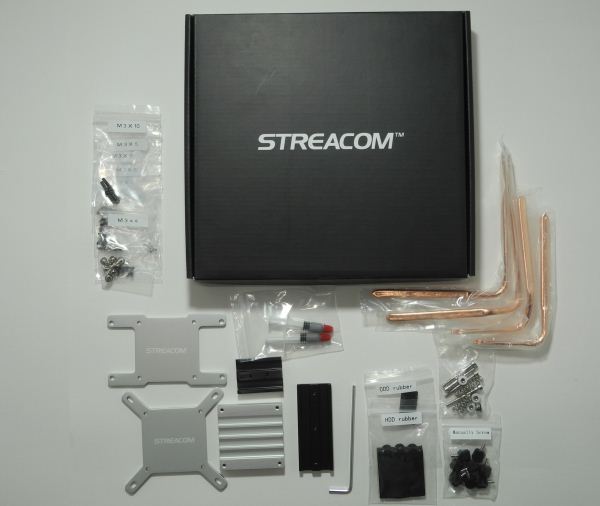







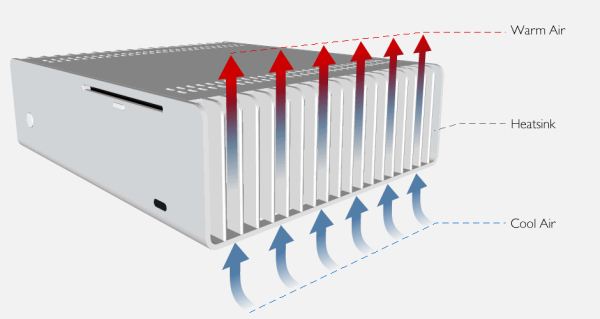
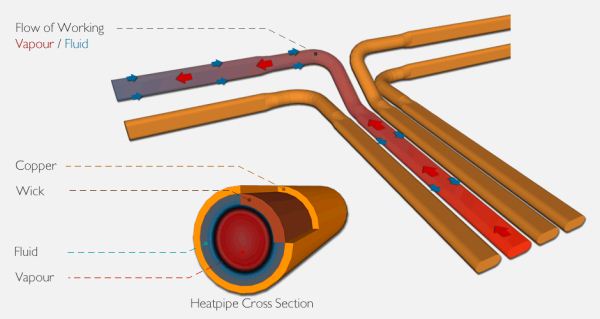
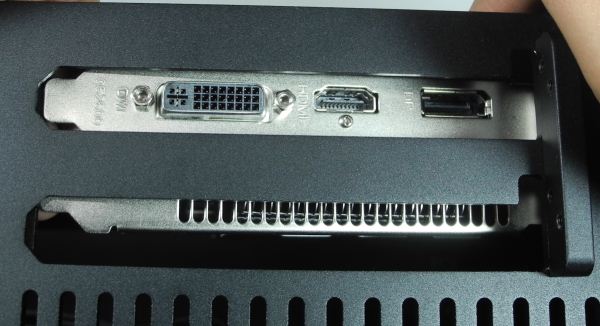
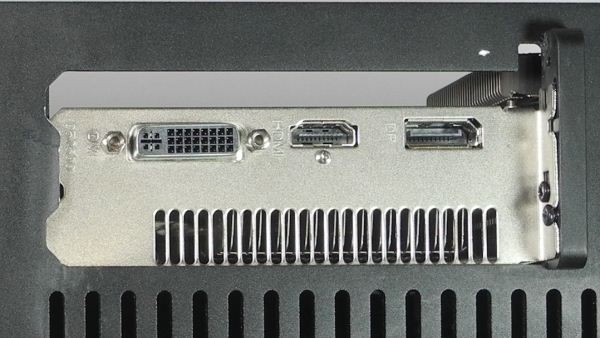














63 Comments
View All Comments
sheh - Saturday, December 22, 2012 - link
I think most of the visitors here are US-based. Though yes, C would be better. :)Jaaap - Saturday, December 22, 2012 - link
On the Thermal Performance page, at the rop you say:... because it is quite common for improperly designed thermal solutions to *not* prevent processors from reaching their maximum permissible junction temperature.
not prevent?
sheh - Saturday, December 22, 2012 - link
AKA, let CPUs overheat and start throttling.sheh - Saturday, December 22, 2012 - link
...the woes of double negative. :)ganeshts - Saturday, December 22, 2012 - link
Yes, it conveys that bad thermal solutions allow the processor to reach Tjmax. Throttling results and there is a loss in performance.mobutu - Sunday, December 23, 2012 - link
I hope you'll do a full stress test on the CPU and GPU simultaneous because it is not enough if the 150W picoPSU holds this setup only on idle and low-stress.Also please find out from Streacom when the 180W and particularly the 250W will be available for purchase.
Interested in a i5/i7 + 7770 setup powered by that internal 250W max PSU.
Thanks for the review!
Subyman - Sunday, December 23, 2012 - link
I was interested until I saw the price. I know people will pay a premium for silence, but $430 seems somewhat excessive.agentsmithitaly - Sunday, December 23, 2012 - link
I know it has been already already debated, but measurement units are quite inconsistent in Anandtech's articles.Sometimes they report both Celsius and Fahrenheit for temperatures, as well as inches and millimeters for length measurements, in this case we see only metric units for the case weight, dimensions, celsius degrees for the ambient temperature, and only imperial units for case temperatures.
Is it possible to have International system of units on all articles? Not only for the international visitors I'm sure Anandtech has, but also because this is technology website, which I think it could be considered as science. And scientists use metrical units, including NASA ones. You remember what happened to the Mars Climate Orbiter, right?
Apart this, keep up the good work guys!
Landiepete - Monday, December 24, 2012 - link
I have a FC8 Evo case waiting for a build, and I'm going to try and build a HTPC with an AMD A10 on a mini-itx board. The A10-5700 has a 65W TDP AND 7660D graphics on board, and performane should be quite sufficient for HTPC. In a pinch I could try the 5800, but the 100W TDP might be just OTT;Incidentally, streacom does a nice infrared remote kit to go with their cases.
cerietke - Monday, December 24, 2012 - link
I don't know about the FC8, but for my FC5 the mini-ITX options available would not work due to something being in the way of the heatpipes (if you haven't you may want to check on that). Streacom told me they tried 95 W TDP processors for the FC5, but can only recommend them in areas with considerable airflow. My A10-5700 is already getting near 80 C, though so far I haven't been able to confirm or deny whether the case is to blame.